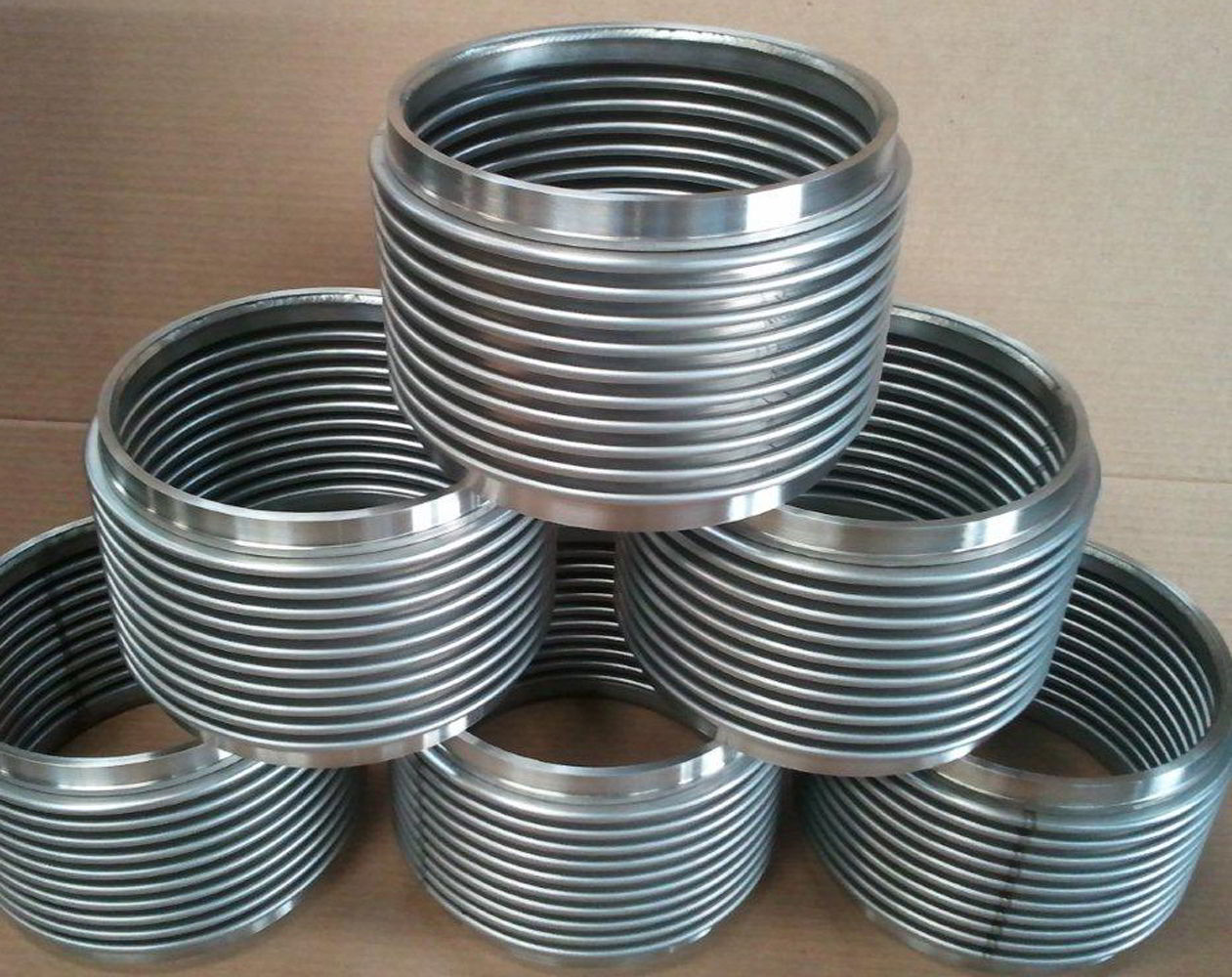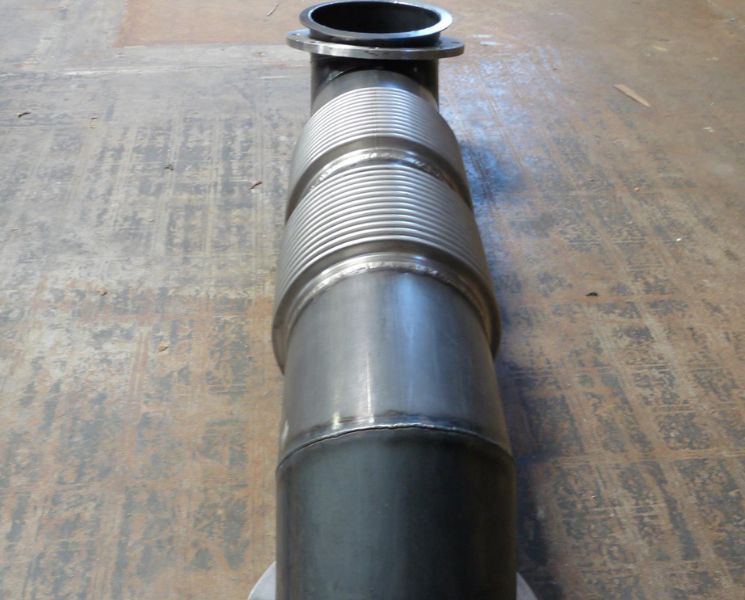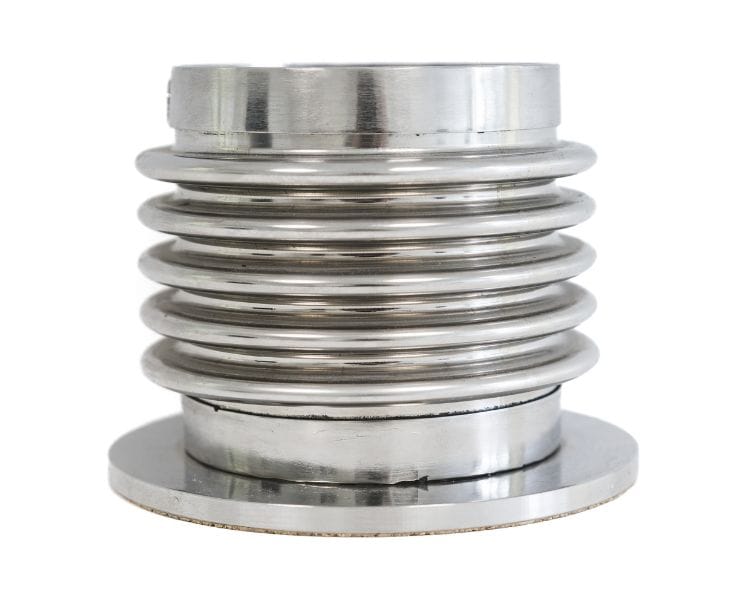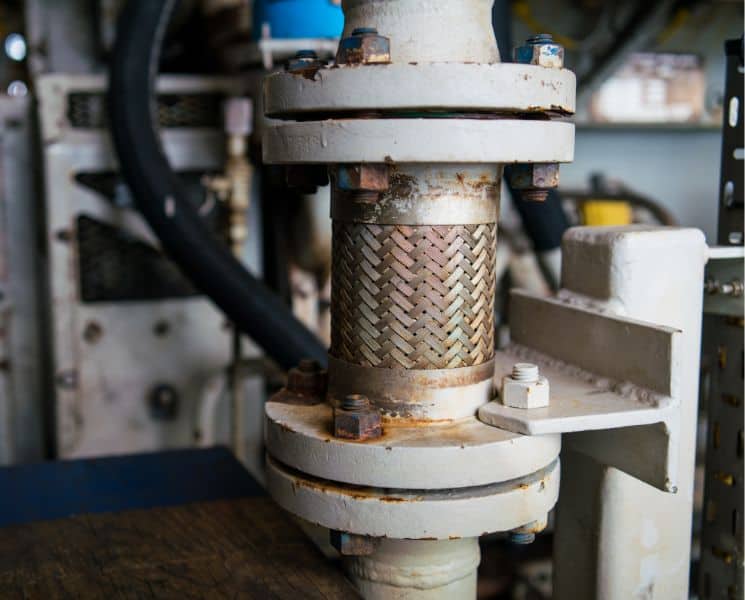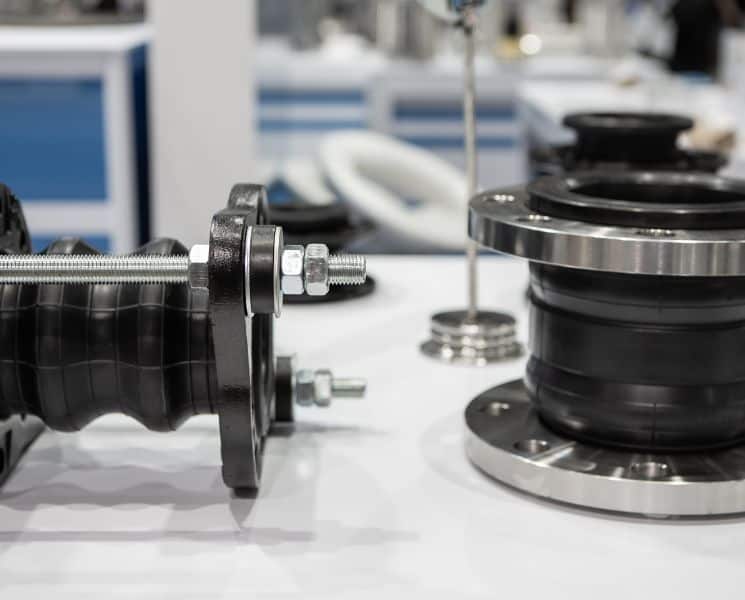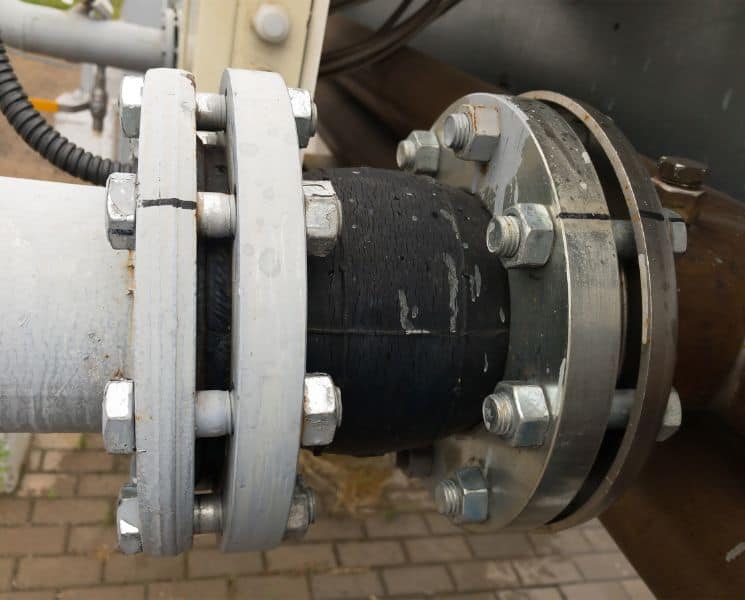Bellows are expandable vessels, which undergo compression when they experience pressure on their exteriors. They can contract to release gas or expand to take in gas. They can also extend under a vacuum. The release of the vacuum or pressure in a bellow allows it to return to its previous shape as long as the bellow’s material does not stretch past its yield strength. Unlike the traditional leather forge and fireplace bellows, the modern-day hi-tech bellows are metallic.
This article presents to you a brief preview of different types of standard bellows, along with their common industrial and commercial uses.
Types of standard metallic bellows
The three main kinds of metallic bellows are electro-formed, welded, and formed bellows.
Formed Bellows (convoluted bellows): These metal bellows are made by reworking tubes, which are produced by deep-drawing under various processes such as hydro-forming and cold forming.
Electroformed bellows: These metallic bellows are produced through electro-forming or the plating of a metallic layer onto a mandrel. The mandrel is later removed to give a formed bellow.
Welded bellows (diaphragm): These metal-based bellows are made by welding variously formed diaphragms together.
The Common Applications of Bellows
Whether formed or welded, standard bellows find varied use in commercial applications. Here is an extensive coverage of industrial applications of bellows.
- Vacuum Interrupters
Switching high voltage power sub-stations can generate sparks, which can cause explosions. Air is removed from the potential sparking areas to prevent explosions. This process is accomplished by sealing the spark area using vacuum interrupters. These are bellows whose confined volume is emptied and refilled with an inert gas that can’t explode. - Pressure Gauges
If you’re to measure the pressure of high-pressured gas or fluid system, then you have to isolate the gauge from the conventional flow. Diaphragm seals are used in vital installations. The seal provides a secure barrier that prevents leakage of the pressurized fluid or gas. You change the diaphragm to have a self-contained displacement sensor that gives readings on the measuring device. - Load Cells
Load cells undergo deformation when some pressure or strain is exerted on them. The deformation can be measured with a strain gauge that has a low-voltage current flowing through it. The voltage change can be detected and shown on a visible control panel. A bellow is attached to the gauge to give it protection from external influences. - Mechanical Seals
Mechanical seals are used in closing the inside of pumps from their exteriors to avoid leakages. These seals are attached to the pump shafts, and they have a rotating and stationary ring. To seal the space between the two rings, a welded bellow or spring is placed between them. - Sensors
The convoluted or diaphragm bellow sensors are made by creating a vacuum within a bellow, which is later sealed and filled with an inert gas. Two electrical poles penetrate the vacuum, and by varying the current passing through them, temperature changes are experienced. This creates volume changes due to expansion and contraction, which serves as measurements for an actuator. - Exhaust bellows
A running engine always has some vibration. To cut the vibratory movements and temperature changes caused by thermal expansion, the exhaust pipe is connected to the funnel to create exhaust bellows. - Piping expansion compensation
Piping systems that cover long distances often experience expansions, vibrations, and movements that need compensation to prevent damage. As such, you can join bellows to the piping system at some points to avoid piping damage.
Other Applications
Apart from these applications, standard bellows made from different metals can also be used for other applications. These include altitude sensors, water collection accumulators, implantable drug pumps, or in fluid management devices such as volume compensators and surge arresters. There are a few standard bellows that can serve many applications. But you can design bespoke bellows to suit various functions.
You can make your custom bellows to suit many applications by changing various design factors. The common design factors that you can work with include end configuration, vibration, geometric constraints, assembly methods, exposure, temperature extremes, life cycles, spring rate, rigid stops, pressure differential, flexing, and stress modes. Try out these variations to come up with unique bellows to serve your needs.

